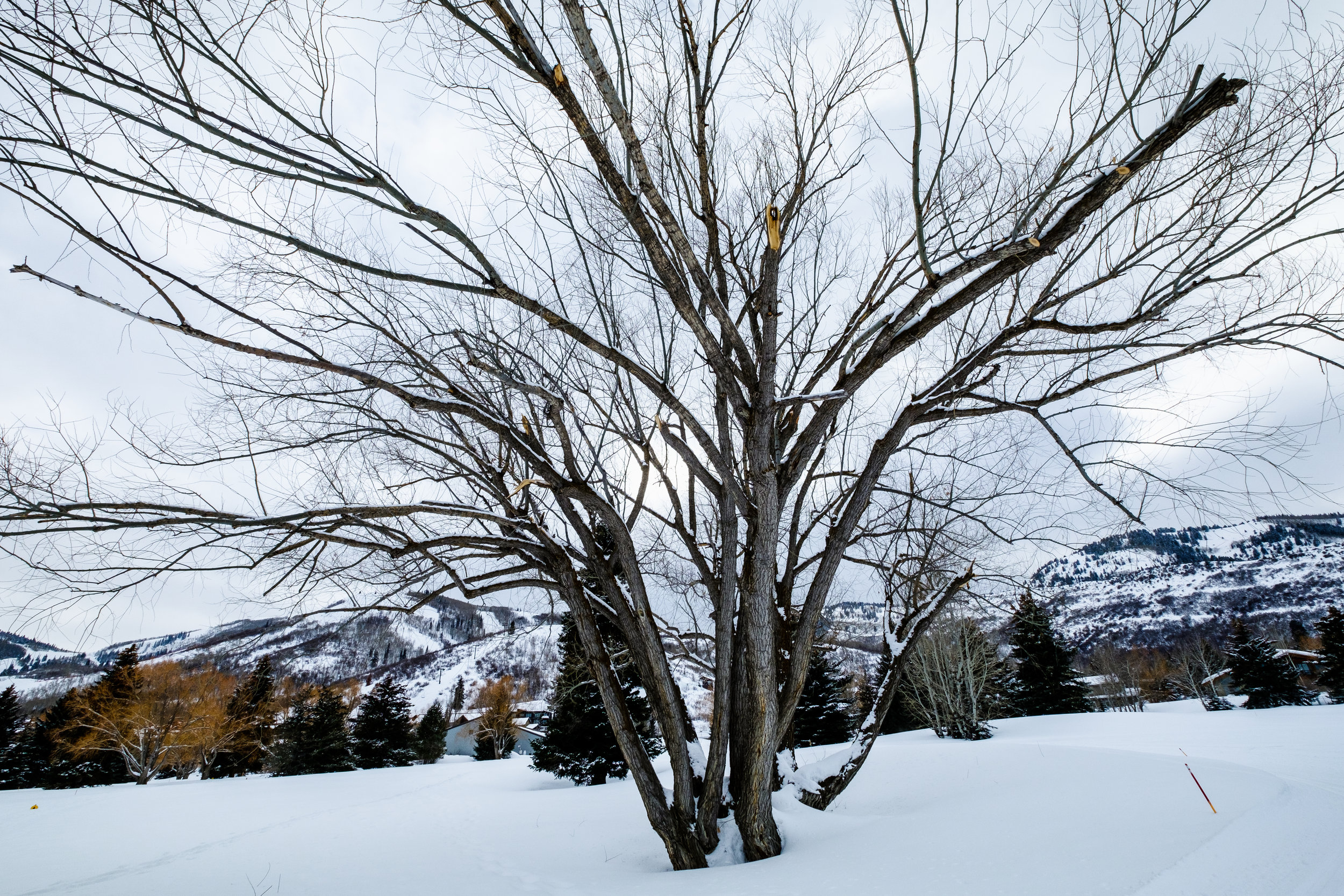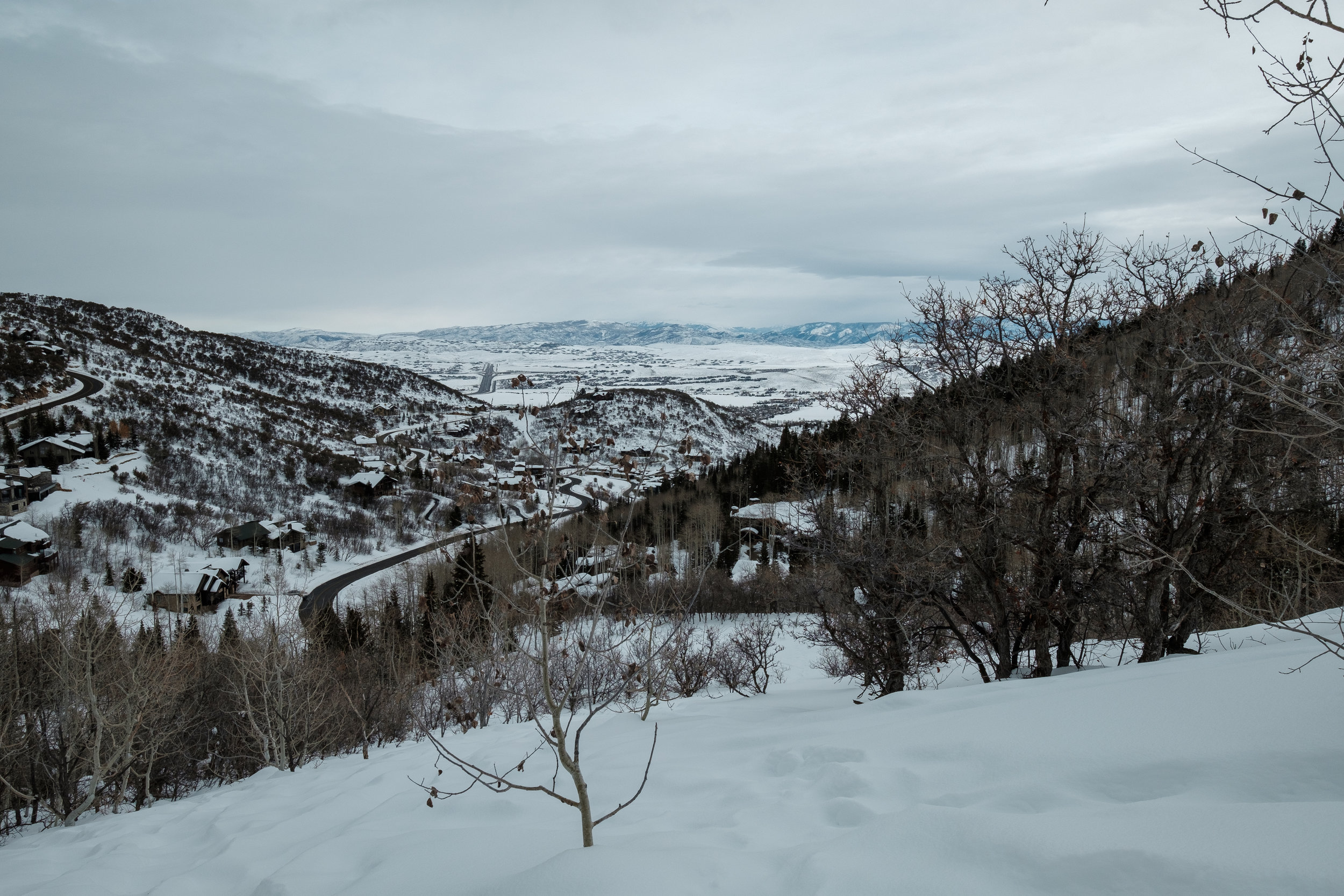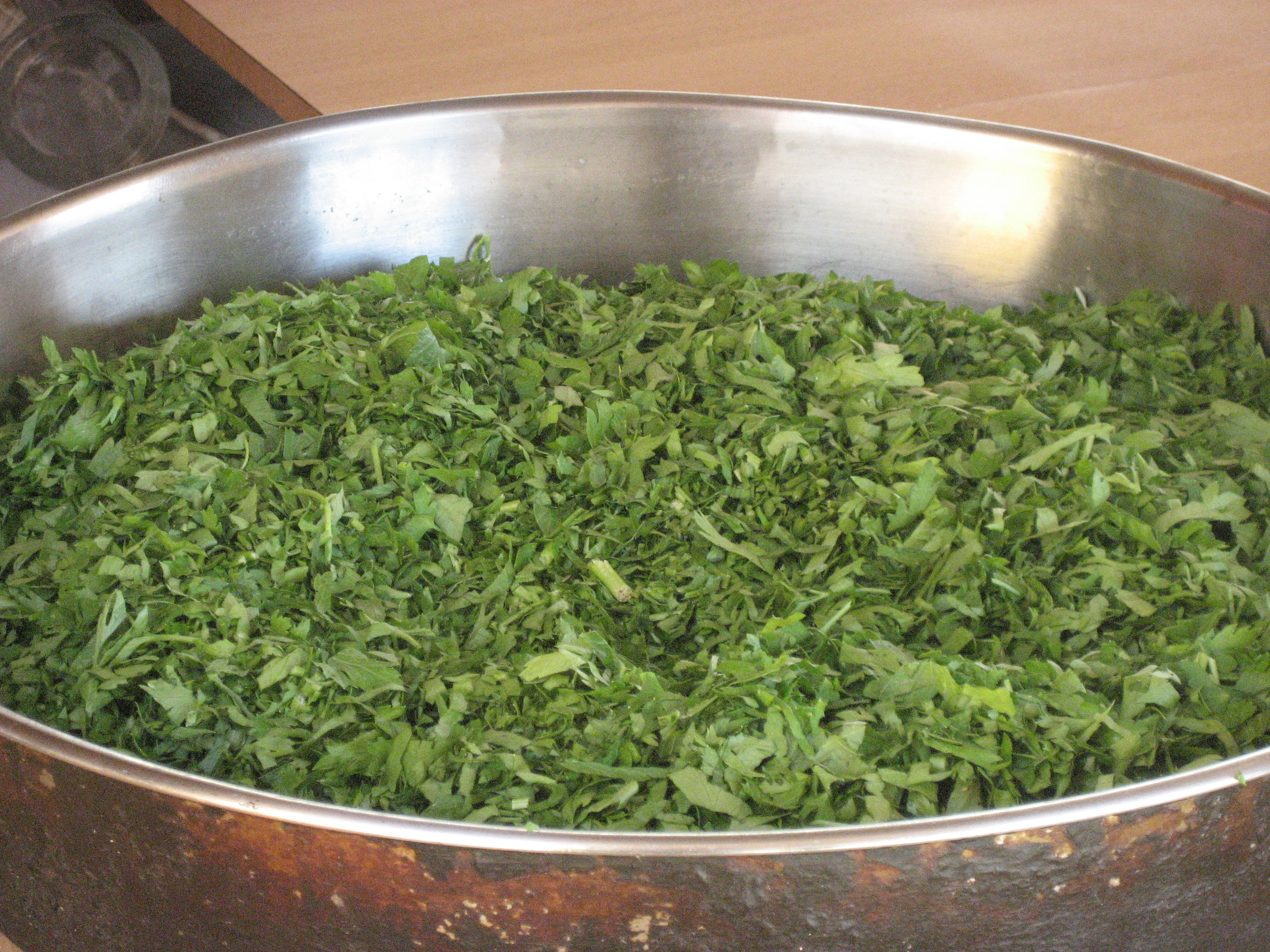I recently came back from a trip to Park City, Utah. It is unquestionably a beautiful part of the world and yet I wasn’t able to see it creatively on this trip. My photos felt more post card than personal. More expected than intentional. More travel website than something for my portfolio.
It wasn’t the gear. I had a great camera, two lenses - including a beautiful wide angle. I had polarizing filters. I had gloves that helped me take photos even in the deep cold. I tried to push myself to see things from new perspectives - snuggling a bush here, aiming for the back light there, waking up for sunrise another time (well, a baby helps with that).
I was simultaneously struck by the vastness of the place yet unable to really capture that. Everywhere I looked beautiful landscapes were pocked by roads, modern houses, and other signs of humans taking over. Perhaps that could have been the theme that I lacked but at the time, it wasn’t what inspired me.
Despite my hopes for stronger images, I was still grateful to have my camera. To slow down and ask the questions that helped me see my surroundings in a new way. To be grateful for what I did have - and the people I was with. That’s a lesson perhaps more important than any one my images could have taught me - its more important to be grateful for the experiences we have, and to really experience them through all of our senses and feelings, than to ‘get’ a great capture.















